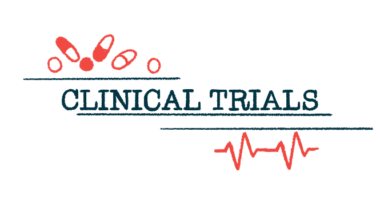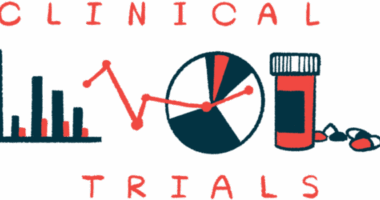Hepatitis D therapy RBD1016 wins orphan drug designation in EU
Experimental treatment currently being evaluated in Phase 2a clinical trial

The European Medicines Agency (EMA) has granted orphan drug designation to Suzhou Ribo Life Science’s experimental therapy RBD1016 for hepatitis D.
The EMA gives this status to experimental medications designed to treat serious diseases that affect no more than five out of every 10,000 people in the European Union. The designation offers extra incentives to companies investing in treatments for rare diseases, including a decade of market exclusivity if the treatment is ultimately approved.
“This designation is a significant regulatory milestone that enhances the development and commercial potential of RBD1016,” Li-Ming Gan, MD, PhD, co-CEO and global head of research and development at Ribo, said in a company press release. “We are advancing this promising therapy through clinical development, with the goal of delivering a new treatment to patients affected by this rare disease.”
The therapy is already being evaluated against a placebo in 14 people with hepatitis D in a Phase 2a clinical trial (NCT06649266). The yearlong study is being conducted in Sweden, and is expected to end in November 2026.
Roughly one out of 20 HBV patients is co-infected with HDV
Hepatitis refers to inflammation in the liver. The most common forms of hepatitis are caused by viruses, with the most prevalent being the hepatitis B virus (HBV). The hepatitis D virus (HDV) is only able to infect people who are already infected by HBV.
Roughly one out of 20 HBV patients is co-infected with HDV, and this co-infection is associated with a substantially increased risk of life-threatening complications like liver cancer.
When genes are read to make proteins, the genetic code is copied from DNA into a temporary molecule called messenger RNA (mRNA), which is then used as a template for protein production.
When HBV infects liver cells, the virus injects its DNA into the cell, and the cell’s DNA-reading machinery produces mRNA from the viral DNA, leading to the production of viral proteins that ultimately form new viruses to further the infection.
RBD1016 targets specific mRNA molecules for destruction
RBD1016 is a small interfering RNA, or a tiny piece of RNA designed to target and destroy specific mRNA molecules. The experimental therapy specifically targets a key HBV gene’s mRNA, which is expected to reduce the amount of new viral protein that’s made, ultimately lowering virus levels and limiting the infection.
Because HDV can only infect cells that are already infected with HBV, targeting HBV is expected to also limit HDV infection.
The new EMA designation “validates our strategy of targeting severe diseases with high unmet need through innovative RNA interference technology” and “represents hope for HDV patients who lack effective treatment options,” Gan said.
The ongoing Phase 2 trial is evaluating whether RBD1016 is superior to a placebo at reducing blood levels of HDV RNA after about a year in adults with chronic hepatitis D. Participants were randomly assigned to receive under-the-skin injections of either RBD1016 (10 patients) or a placebo followed by RBD1016 (four patients).
[The new EMA designation] validates our strategy of targeting severe diseases with high unmet need through innovative RNA interference technology [and] represents hope for HDV patients who lack effective treatment options.
Researchers will also assess other efficacy measures based on levels of viral markers, as well as the therapy’s safety and pharmacological properties.
Ribo is also developing RBD1016 for treating chronic hepatitis B alone. A Phase 2 trial (NCT05961098) is testing various doses of the therapy against a placebo in adults with chronic hepatitis B, with the main goals of evaluating safety and effects on viral protein levels after six months.
Previous Phase 1 trials tested the safety and pharmacological properties of RBD1016 in healthy volunteers (NCT04685564) and people with chronic hepatitis B (NCT05961098). Results from both studies showed the therapy was generally well tolerated, and that it reduced HBV protein and RNA levels in hepatitis B patients.








